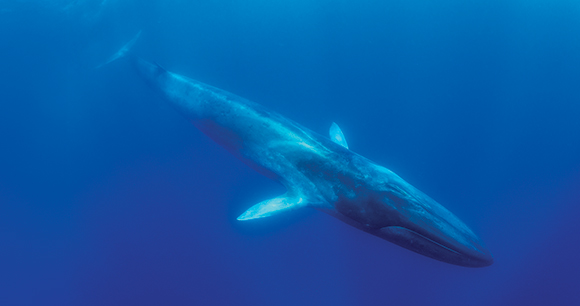This year’s commercial whaling season began in April with the first kills by Norway and Japan. Although Norway’s quota allows up to 1,406 minke whales in total to be killed by the 15 registered whaling vessels, fewer are expected to be taken. Kyodo Senpaku, Japan’s only factory ship whaling company, will kill up to 56 sei whales, 153 Bryde’s whales, and 60 fin whales (the second largest animal on the planet). In addition, five small Japanese coastal whaling boats will kill up to 144 minke whales.

Meanwhile, Iceland’s killing season, which usually begins in June, will look very different this year. The lone minke whaling company licensed to date is expected to fall far short of the 217 quota set for that species, while Hvalur hf.—Iceland’s largest whaling company and the only one to hunt fin whales—announced it will not hunt at all this season. Hvalur cited challenges with the Japanese market, where it had hoped to sell thousands of tons of meat and blubber from up to 209 fin whales. Its decision underscores a stark reality for the whaling industry in each of the three remaining commercial whaling nations: Demand for whale meat is declining rapidly, and unless they can overturn the four-decades-long prohibition on international trade in whale meat implemented by the Convention on International Trade in Endangered Species of Wild Fauna and Flora (CITES), they can only trade legally with each other.
Hvalur sells almost all its catch to Kyodo Senpaku, making it highly vulnerable to cratering demand in Japan, the financial instability of its buyer, and the Japanese government’s protectionism on behalf of domestic whalers. In 2022, the government provided more than US$50 million in subsidies, grants, and interest-free loans to the Japanese whaling industry, but it refused to subsidize Kyodo Senpaku’s massive whale meat imports from Iceland. Apparently, the government is willing to continue propping up Japanese whaling for now, but it no longer appears willing to underwrite Iceland’s industry too.
Nevertheless, an undeterred Kyodo Senpaku—which felt that higher volumes of meat were needed to stimulate consumer demand—secured private loans in 2023 to buy Iceland’s catch. Two years later, however, prices and demand remain stagnant in Japan, and most of the 2,500 tons of meat imported from Hvalur that year remains unsold, costing the Japanese company an estimated US$700,000 thus far in warehouse fees.
Hvalur, for its part, had been hoping that recent marketing efforts in Japan would boost consumer interest there, making it worthwhile for the company to go whaling this year. This hope was dealt a severe blow in October 2024: Kyodo Senpaku, now struggling even to sell Japanese-caught whale meat and facing revenue losses of up to 20 percent while it pays off its loans, announced that it would not import meat from Iceland this year.
AWI’s research shows that the number of restaurants selling whale meat in Japan has declined by around 50 percent since 2021. This trend, combined with Japan’s bloated subsidizing of its own industry, poses an existential threat to Hvalur that may prove hard to overcome. A similar challenge could await Norwegian whaling companies looking to increase sales to Japan to offset low demand in Norway.